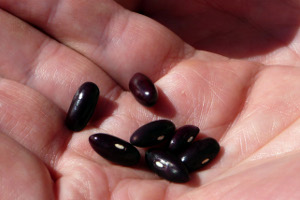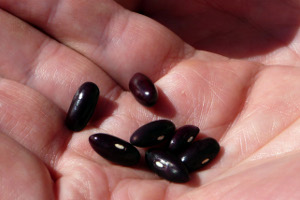 Seed saving is a technique that stretches to the very beginning of human agriculture.
Seed saving is a technique that stretches to the very beginning of human agriculture.
As the summer growing season winds down, most backyard gardeners are harvesting the last few cherry tomatoes and basil leaves out of their gardens. Seeds, on the other hand, are something few gardeners gather anymore.
Seed saving is a technique that stretches to the very beginning of human agriculture. Farmers select their best crops, save the seeds and use them for the next growing season. Today, most backyard gardeners opt for buying seed packets or seedlings at the garden store. But a handful of Bay Area groups are working to create local seed saving networks, where local gardeners can learn to save seeds and share them. The idea is that, over time, the projects will develop plants that are specially suited for the Bay Area’s unique microclimates.
Of course, seed saving isn’t quite as simple as it seems. With plants like bean and tomatoes that largely self-pollinate, the seeds you save will most likely look their their parents. Other plants are a little more promiscuous. If you grow several kinds of squash, for example, or your neighbor is growing a different kind of squash, a few insects can cross-pollinate those plants. Those seed may sprout something surprising next year.
Mat Rogers of the Backyard Seed Vault recommends keeping it simple: start with plants that have easily saved seeds and work your way up. And don’t forget that gardening is always an experiment. Here are a few local resources:
